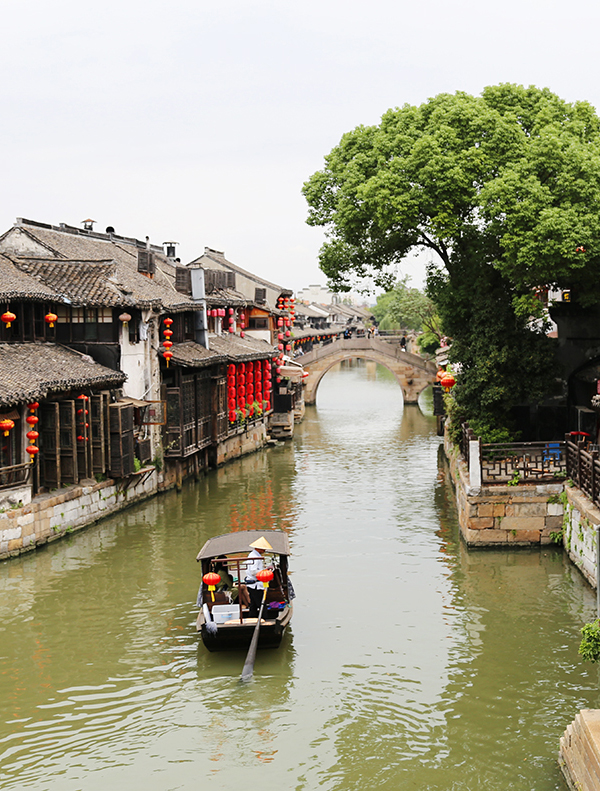
The picturesque water town of Xitang has served as the muse for countless artists throughout Chinese history. Even in the modern day, its undeniable beauty meant it was used as a set for the film Mission Impossible III! The history of this venerable ancient town stretches all the way back to the Spring and Autumn Period (c. 771-476 BC), when it rested on the border between the State of Wu and the State of Yue. This was a time before China had been officially unified by the Emperor Qin Shi Huang, and so Xitang’s strategic location on the border meant it became integral to the development of Wu-Yue culture. Nowadays, it is widely considered by historians to be one of the birthplaces of traditional Wu-Yue culture.
It was formally developed into a market town during the Tang (618-907) and Song (960-1279) dynasties, although it wouldn’t reach the peak of its prosperity until the Yuan (1271-1368) and Ming (1368-1644) dynasties. For this reason, many of its buildings date back to the Ming Dynasty and incorporate many of the characteristically fashionable features of that time, such as white-washed walls and black-tiled roofs. If you look closely at the roofs of the buildings, you’ll see that many of them are so old that they even have grass growing out of them, which is sometimes over 30 centimetres (12 in.) tall!
During the town’s long and illustrious history, it has been known by many names, including “Xietang” or “Oblique Pond,” Pingtang or “Flat Pond,” and “Xutang” or “Xu Pond.” Even “Xitang” literally translates to mean “West Pond,” so it seems that a pond by any other name still looks as wonderful! Its aquatic name is directly linked to its location, as Xitang rests at the confluence between nine separate rivers. Thanks to its river connections and the fertile soil of its surrounding countryside, it swiftly rose to become one of the wealthiest market towns and water transportation hubs in the country. Since the town is crisscrossed with canals, it naturally has a number of traditional stone bridges so that people can navigate the waterways with ease.
There are currently 104 bridges in Xitang that split the town into 8 distinct areas. Most of these bridges were built during the Ming and Qing (1644-1911) dynasties, although there are 11 older bridges that date all the way back to the Song Dynasty. What makes these bridges so special is that they each have their own unique identities. For example, Yongning Bridge is popular with photographers, as it offers a breathtakingly beautiful view of the town’s canals and ancient mansions. Wolong Bridge is arguably the most famous, due in part to its touching history. It was originally a wooden bridge where, on rainy days, many people would slip and get badly hurt. A local man named Guangyuan spent over 10 years raising money so that he was finally able to tear down the wooden bridge and replace it with a safer stone one.
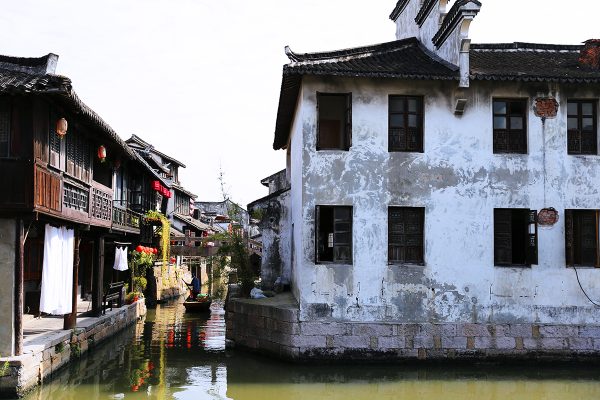
The grandest backstory, however, is undoubtedly attached to the Songzi Laifeng Bridge, which was originally constructed in 1637. According to legend, a phoenix flew over the bridge and decided to rest on it just as it was being completed. Once the bridge was finished, the local couple living near the bridge gave birth to a son, so the bridge was named “Songzi Laifeng” or “Gifting a Son, Phoenix Arriving” Bridge. Nowadays, couples flock to Xitang in order to visit this lucky bridge, as they believe it will bless them with children.
Alongside these decorative bridges, Xitang is famed for its elaborate covered corridors, which were designed to shelter pedestrians from inclement weather. In essence, they are simply lanes with roofs, which are typically constructed from bricks or wood and covered in black tiles. Altogether, there is nearly 1,000-metres (3,300 ft.) worth of covered corridors in Xitang, with each one having been elegantly decorated with carvings or murals. Long benches have been arranged along the riverside under some of these covered corridors, so that people can rest and admire the view without fear of getting caught out by the pouring rain or burnt by the searing sun!
If you want to experience the beauty of the river first-hand, you can hire a Wupeng boat and take a leisurely cruise throughout Xitang. The word “wupeng” means “black awning” and refers to the traditional boats that have been used as a means of transport in the town for centuries. Nowadays, they are predominantly used by visitors for sightseeing, although they occasionally carry joyful bridal parties on the way to their wedding.
Getting lost among the labyrinthine lanes of Xitang is simply part of the charm and the town’s careful layout means that you’ll always find your way back to somewhere recognisable. The most distinctive of these lanes is known as “Shipi” or “Stone Skin” Lane, which is so-named because the slabs used to construct the lane are only about 3 centimetres (approx. 1 in.) in width. The lane itself is also incredibly narrow, with widths ranging from 1-metre (3 ft. 3 in.) at its widest to 0.8-metre (2 ft. 7 in.) at its narrowest. For this reason, only one person is able to pass through Shipi Lane at any given time. It was originally constructed during the Ming Dynasty and enclosed on either side by two high walls, giving the lane its notoriously narrow appearance.
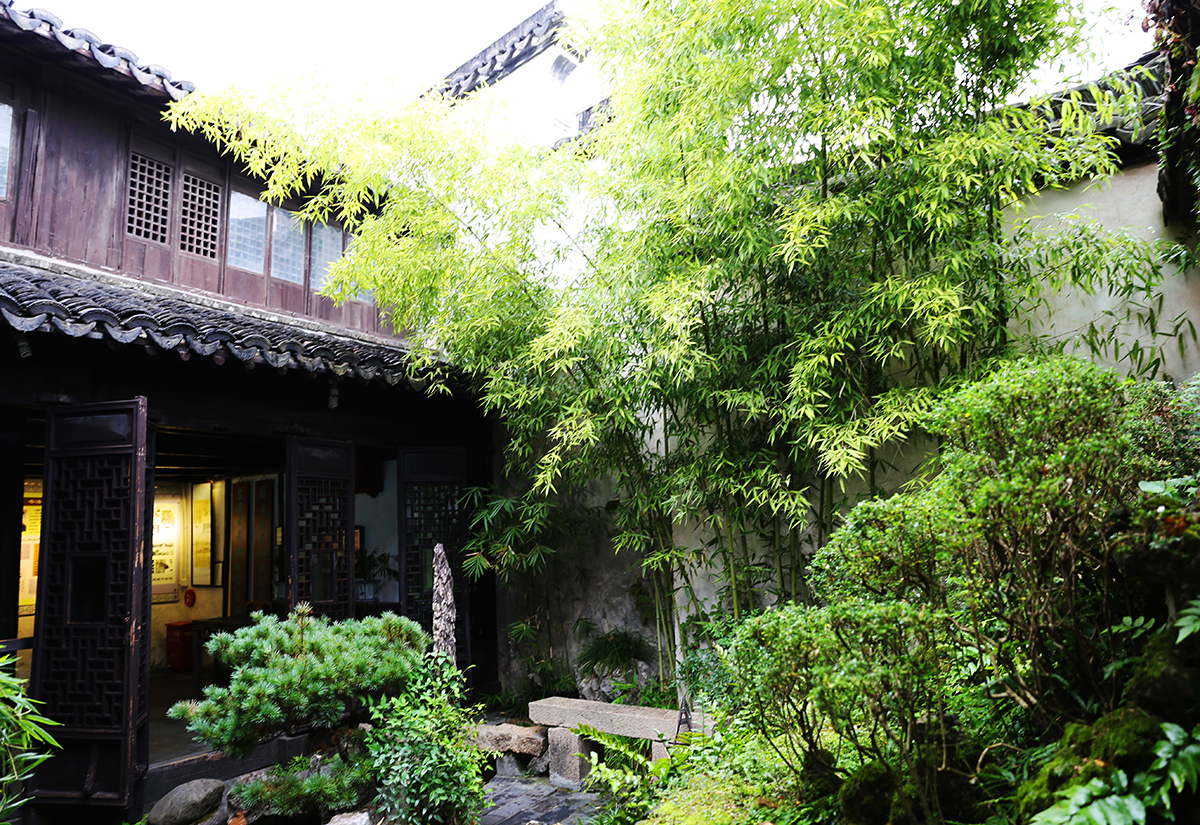
Alongside its scenic beauty, Xitang is home to a handful of traditional gardens, the most famous of which are the Zui Garden and the West Garden. Located at Tawan Street, the Zui Garden dates back to the Ming Dynasty and is made up of a succession of five courtyards, within which are delicate rockworks, paintings, and carefully arranged plants. The main courtyard boasts the most delightful attraction of all: a tiny bridge made of bricks that is largely ornamental but can accommodate one person at a time. The garden is so-named for the Zuijingtang (醉经堂) or “Hall of Intoxicating Books,” which was built by a prominent Qing calligrapher and painter named Wang Zhixi. His works are still exhibited throughout the garden that provided him with countless years of inspiration.
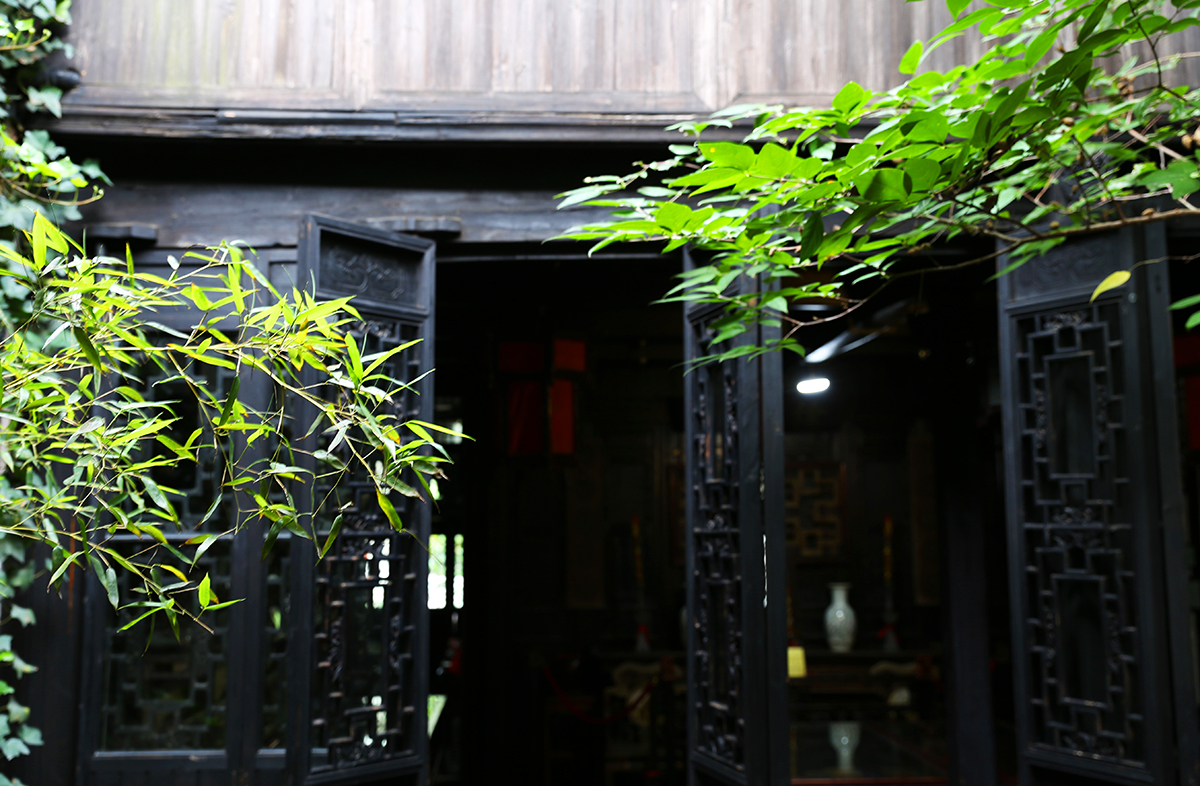
By contrast, the “Xiyuan” or “West Garden” originally served as the villa of the Zhu family during the Ming Dynasty, but eventually became the property of the Sun family. It is widely considered to be the most beautiful garden in Xitang, as it is resplendent with rockworks, decorative pavilions, artificial waterfalls, ponds, flowers, trees, and all manner of ornamental objects. It is even home to its own teahouse, which is known as the Ting Tao Pavilion. The garden has attracted such nationwide attention that it was even visited by the famous Chinese poet Liu Yazi (1887-1958).
Aside from these stunning gardens, the town is also home to a wide variety of museums that are each dedicated to a particular aspect of the town’s history, including the China Button Museum, the Jiangnan Eave Tiles Exhibition Hall, the Root Carving Hall, the Ming & Qing Woodcarving Exhibition Hall, and the Chinese Wine Culture Museum. While most of these museums are relatively self-explanatory, there are a few that definitely stand out as rather unusual!
Xitang was once one of the foremost producers of buttons in the country, so the China Button Museum is dedicated to the town’s long history of button production and boasts six exhibition halls, which showcase a wide variety of ancient buttons that were made in the town. In fact, the modern town of Xitang is still home to over 600 button factories, which produce more than 1,600 types of buttons and around 60 billion buttons overall per year. When it comes to expert craftsmanship, you could say the people of Xitang are as bright as their buttons!
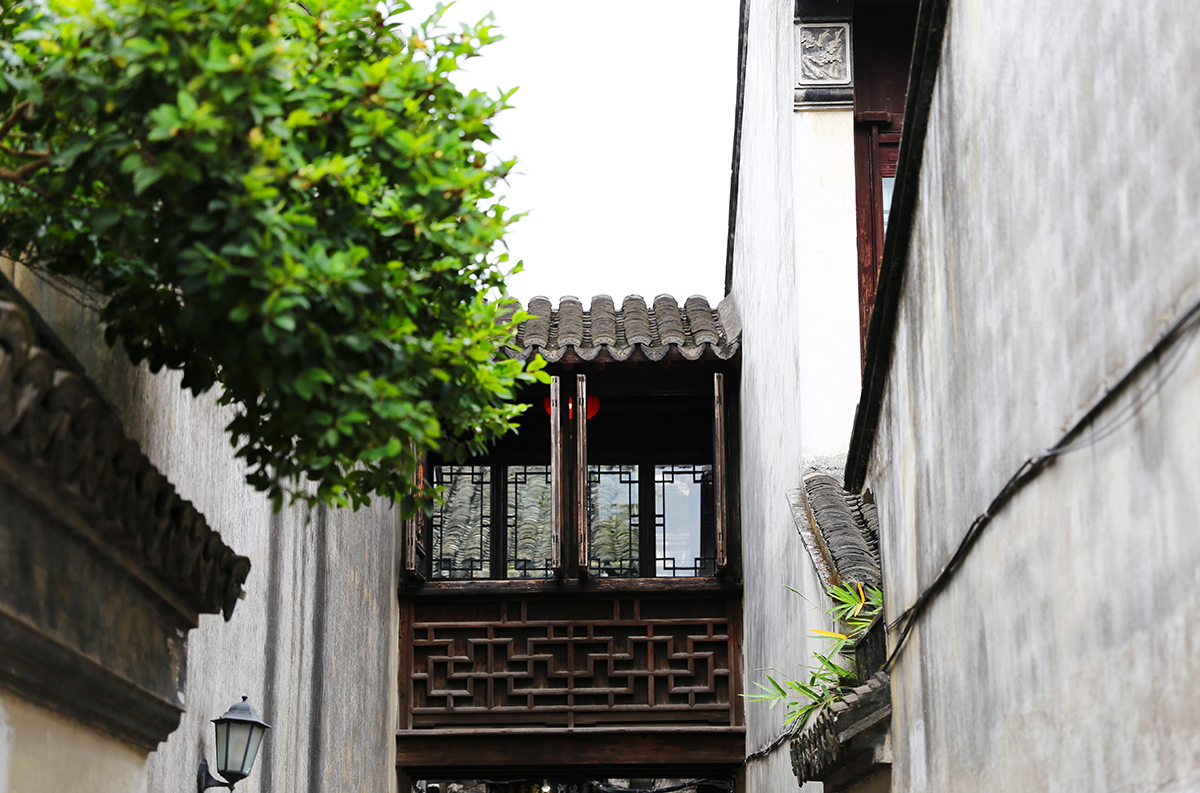
In ancient times, Xitang was also considered a “wine town.” This does not mean it produced wine, but refers to the fact that Xitang would attract several famous scholars and literati, whose main pursuits were writing poetry and drinking fine wine. The Chinese Wine Culture Museum thus offers visitors an insight into the wine culture that became an integral part of these literati circles throughout Chinese history. Arguably the strangest sounding museum of all, however, has to be the Root Carving Museum. It is centred on the famous root-carving artist Zhang Zheng, who was born in Hangzhou but ended up living in Xitang for a period of time. Over 500 of his masterpieces are housed in the museum and represent some of the most breathtakingly beautiful works of folk art in China, making it arguably the most fascinating and underrated museum in the town!
Make your dream trip to Xitang Water Town come true on our travel: Explore Traditional Culture in Picturesque Ancient Villages